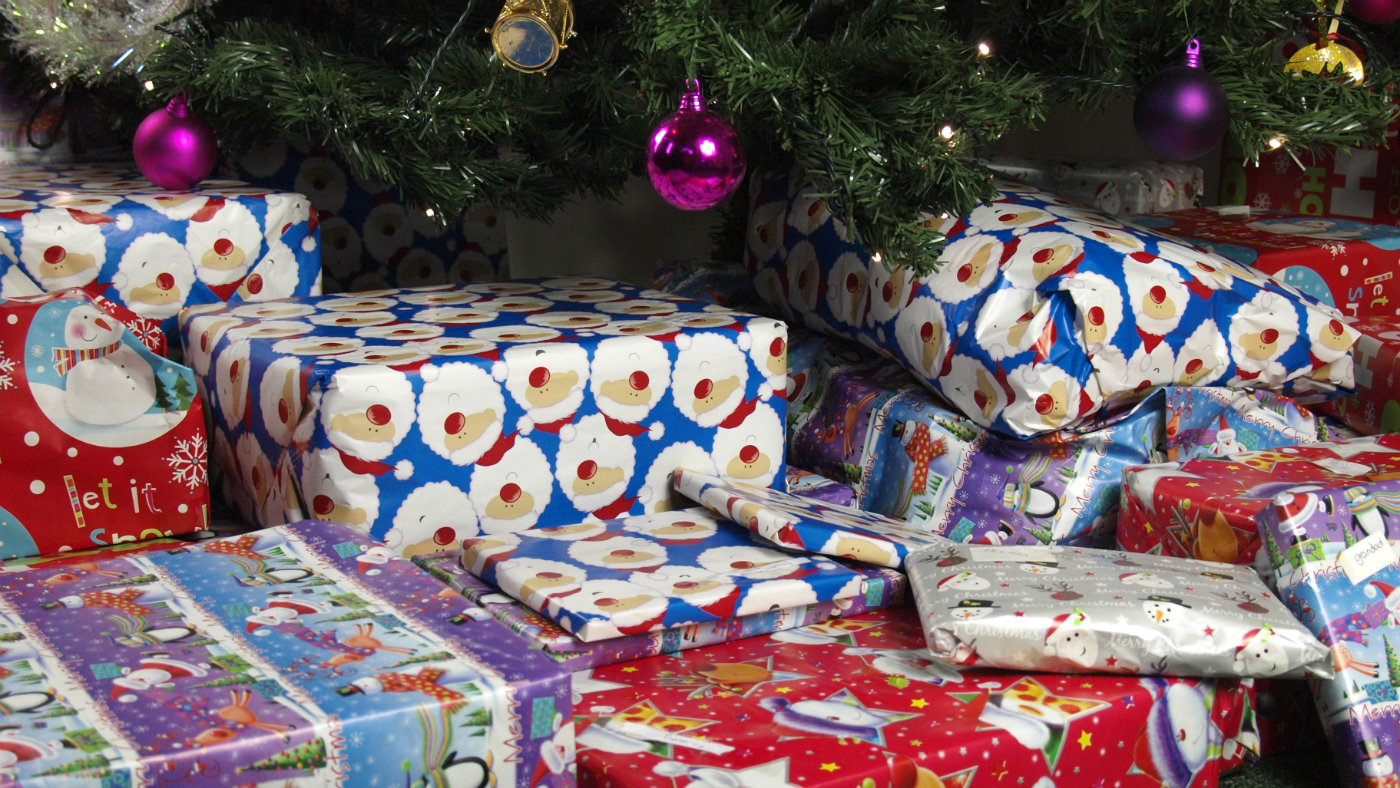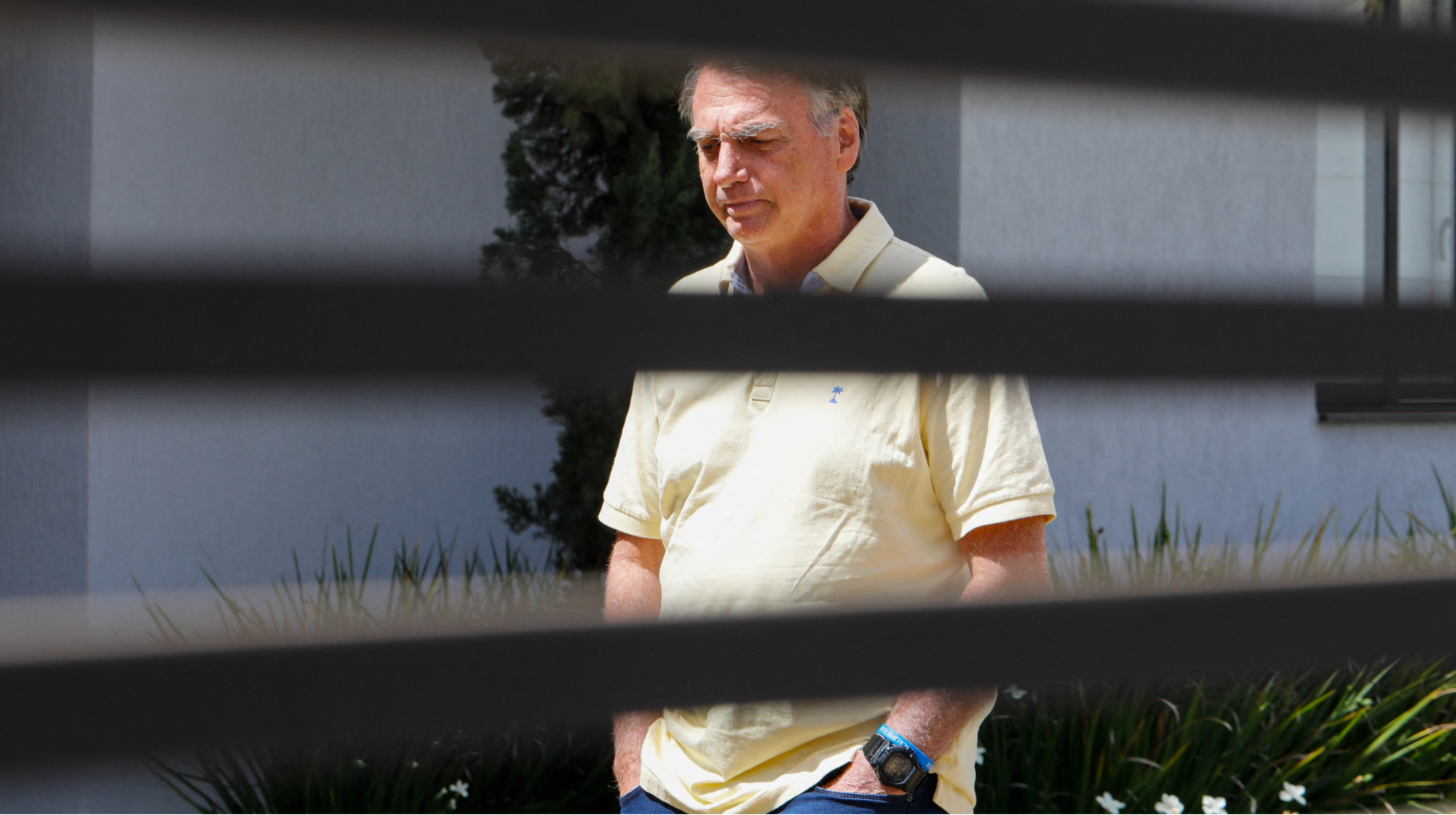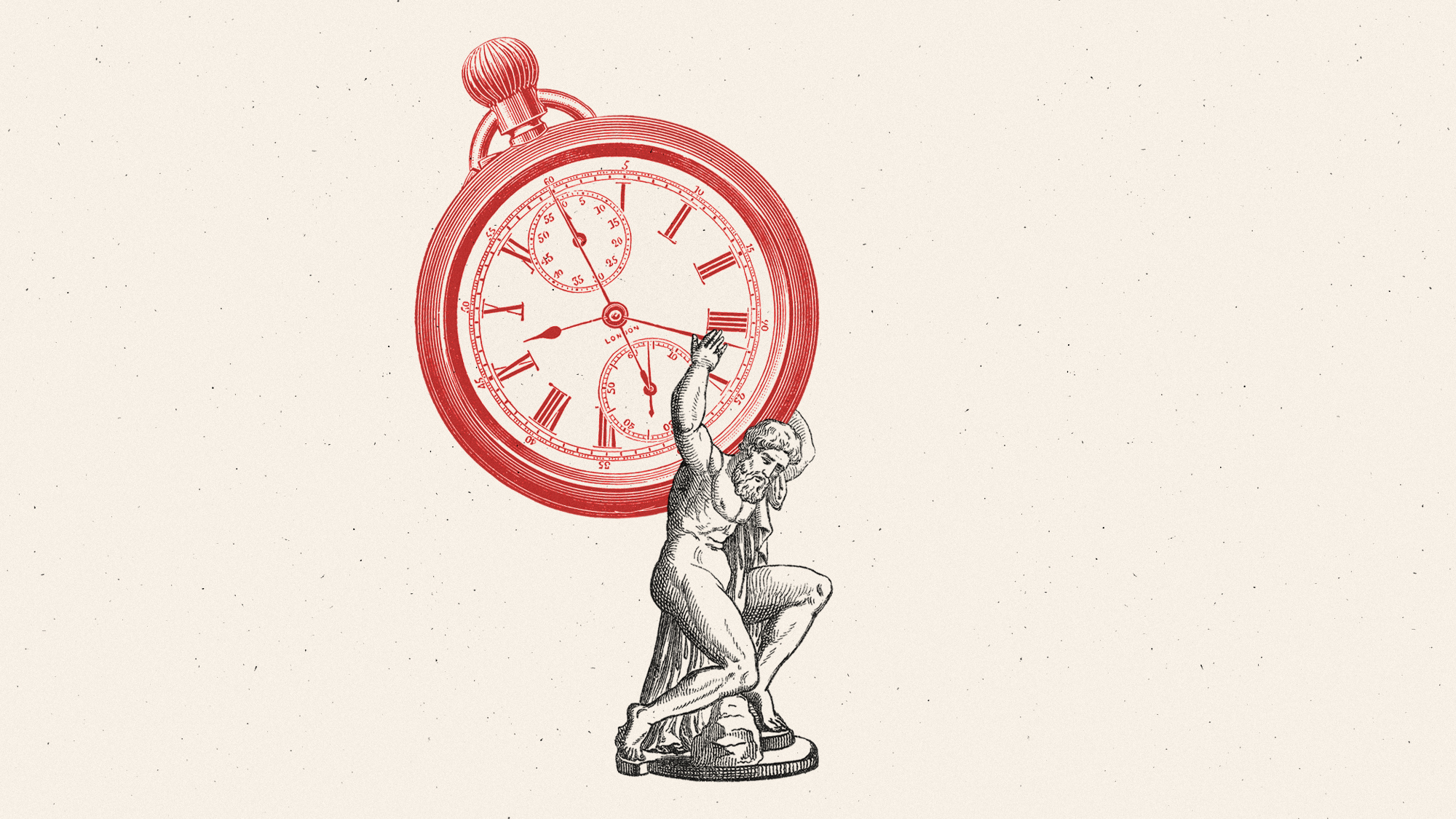Are plastic toys dangerous?
EU regulator reveals hundreds of products available in the UK contain chemicals that may cause cancer and infertility

UK consumers shopping for children this Christmas have been warned to avoid plastic toys after a large number of them were found to contain chemicals banned by the European Union.
In 2018, the EU’s “rapid alert system”, which shares information between European countries about non-food products found to pose a health risk, tested 1,996 consumer products of all types for traces of dangerous chemicals. More than a quarter, 563 in all, failed chemical tests.
Of these 563 products, 290 of them were toys found to contain illegally high levels of toxins. Most of the offending items were plastic dolls, any of which could be on sale on British high streets, The Guardian reports.
The Week
Escape your echo chamber. Get the facts behind the news, plus analysis from multiple perspectives.

Sign up for The Week's Free Newsletters
From our morning news briefing to a weekly Good News Newsletter, get the best of The Week delivered directly to your inbox.
From our morning news briefing to a weekly Good News Newsletter, get the best of The Week delivered directly to your inbox.
The European Environmental Bureau (EEB), an international environmental group that works closely with the EU, reports that more toys failed chemical checks than any other type of product, “including clothing (42), cosmetics (91), jewellery (51) and even protective equipment (5)”.
Banned chemicals found in the toys include boron, cadmium and phthalates, which can cause both short-term health issues such as diarrhoea and vomiting and serious longer-term medical problems like cancer and infertility.
Studies suggest that exposure to these chemicals has been linked to birth defects and developmental issues.
The EEB found that:
A free daily email with the biggest news stories of the day – and the best features from TheWeek.com
- Nearly half of all “slime” toys contained unacceptably high levels of boron
- Many Christmas light brands were found to contain lead and cadmium
- “Squishies”, small foam animals, were found to contain phthalates
The EEB says that the EU has not done enough to combat the sale of toys containing toxic chemicals, and has accused the bloc of delaying meaningful legislation to keep them off shelves.
Tatiana Santos, the group’s chemicals policy manager, said: “Manufacturers do not fear the law and government inspectors are outnumbered and outgunned. We need proper chemicals control and enforcement more than ever. Yet the EU last week put a wide-ranging and overdue strategy to tackle the problem on ice. It should reverse that decision.
“In the meantime, shoppers this Christmas might want to try and avoid plastic toys altogether.”
The UN has also weighed in on the issue. Baskut Tuncak, the body’s special rapporteur on hazardous substances and wastes, called chemical exposure “a silent pandemic of disease, disability and premature death” that has become more widespread “in significant part due to childhood exposure during sensitive periods of development”.
Chemical Watch notes that a separate study into toxic chemicals in toys by the governments of the Czech Republic, Hungary, Poland and Slovakia, found that 92% of toys containing illegal levels of phthalates carried the “CE” marking that indicates “conformity with health, safety, and environmental protection standards for products sold within the European Economic Area”.
This is technically out of the EU’s control, as a CE marking is a declaration by the producer that all the relevant requirements were met at production stage.
Geert Dancet, former executive director of the European Chemicals Agency, told Euractiv last week that “in plastics, there are thousands of players”, making it “difficult for them to organise a comprehensive strategy that says the industry can self-regulate”.
“I believe a lot in self-regulation but it’s under-developed,” he added. “It can replace real regulation, which is so difficult these days to get through the decision-making process.”
-
 ‘Lumpy skin’ protests intensify across France as farmers fight cull
‘Lumpy skin’ protests intensify across France as farmers fight cullIN THE SPOTLIGHT A bovine outbreak coupled with ongoing governmental frustrations is causing major problems for French civil society
-
 How Bulgaria’s government fell amid mass protests
How Bulgaria’s government fell amid mass protestsThe Explainer The country’s prime minister resigned as part of the fallout
-
 Europe sets 2027 deadline to wean itself from Russian gas
Europe sets 2027 deadline to wean itself from Russian gasIN THE SPOTLIGHT As negotiators attempt to end Russia’s yearslong Ukraine invasion, lawmakers across the EU agree to uncouple gas consumption from Moscow’s petrochemical infrastructure
-
 Femicide: Italy’s newest crime
Femicide: Italy’s newest crimeThe Explainer Landmark law to criminalise murder of a woman as an ‘act of hatred’ or ‘subjugation’ but critics say Italy is still deeply patriarchal
-
 Brazil’s Bolsonaro behind bars after appeals run out
Brazil’s Bolsonaro behind bars after appeals run outSpeed Read He will serve 27 years in prison
-
 Americans traveling abroad face renewed criticism in the Trump era
Americans traveling abroad face renewed criticism in the Trump eraThe Explainer Some of Trump’s behavior has Americans being questioned
-
 Nigeria confused by Trump invasion threat
Nigeria confused by Trump invasion threatSpeed Read Trump has claimed the country is persecuting Christians
-
 Daylight saving time: a Spanish controversy
Daylight saving time: a Spanish controversyUnder the Radar Spain’s prime minister has called on the EU to remove biannual clock changes in Europe


